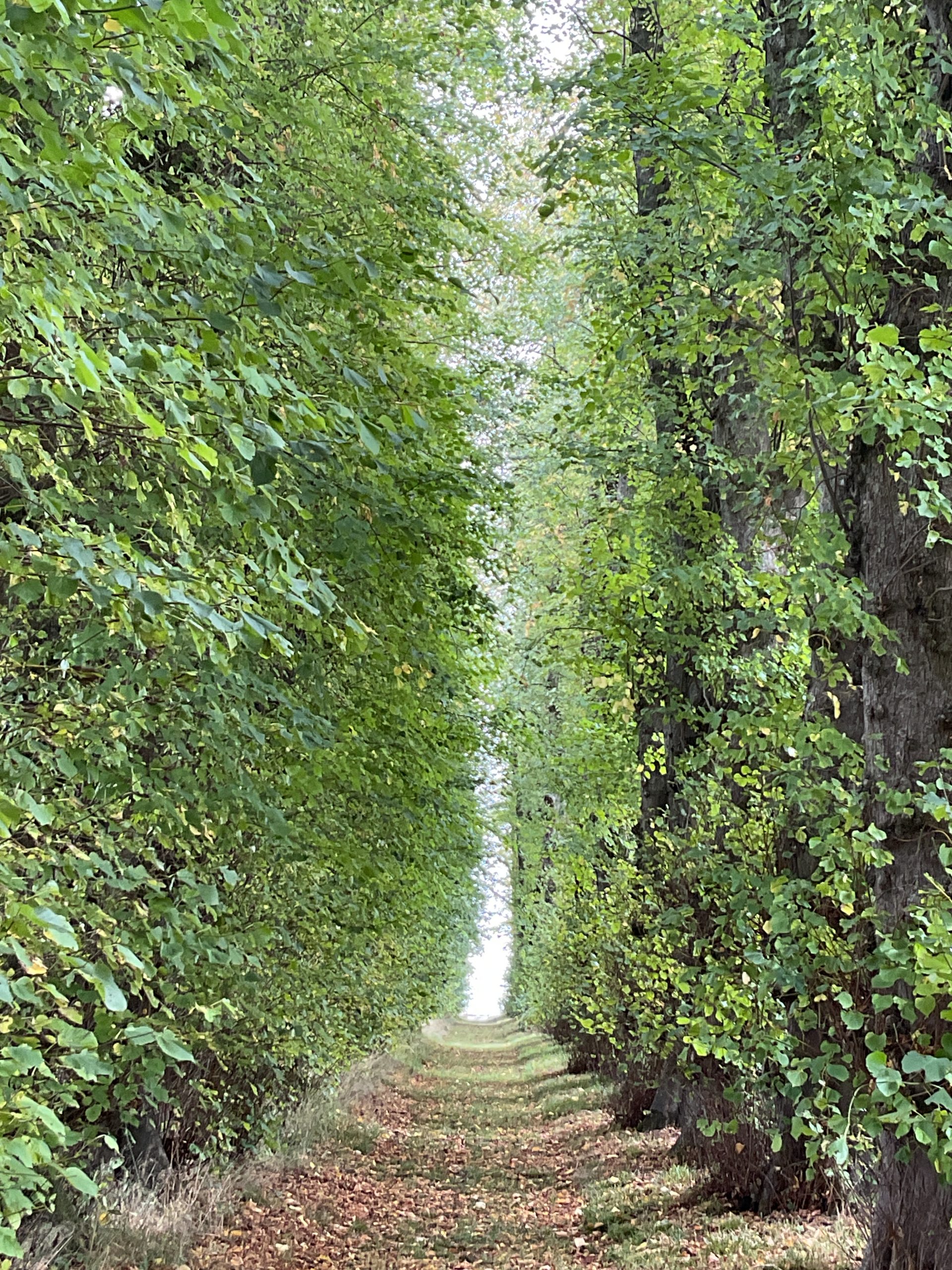Earlier this week, I was asked to inspect a number of trees in the grounds of Gartincaber House, Doune. The property boasts one of the most impressive lime avenues in Scotland.
The commissioning and planting of lime avenues on country estates was incredibly popular in the 17th and 18th centuries. In the time of pioneering landscape architects, such as William Kent, Capability Brown and Thomas White, lime avenues demonstrated wealth and status.
The lime avenue at Gartincaber House is of significant historic and cultural value, as noted in William Drysdale’s “Auld Biggins of Stirling. Its closes, wynds, and neebour villages” published in 1904.
“This avenue, now numbering 91 trees, was planted in the year 1747 by an ancestor of the present proprietor. He had spent three years in France, where lime or linden trees are common, and where, very probably, he had seen similar avenues to the one he planted at Gartincaber. The present avenue, especially in the leafy month of June, is exceedingly pretty. It is nearly 600 feet in length. The trees are about 75 feet in height, and form an arch as perfect as that of any cathedral. The great gale of 1893 failed to throw down a single tree in this avenue, which was a cause of much thankfulness, not only to the family, but throughout the neighbourhood, where the avenue is a prominent landmark.”
The trees, now approaching 300 years old, remain in remarkably good condition, with only occasional gaps where a tree has been lost over the decades.


Leave a Reply